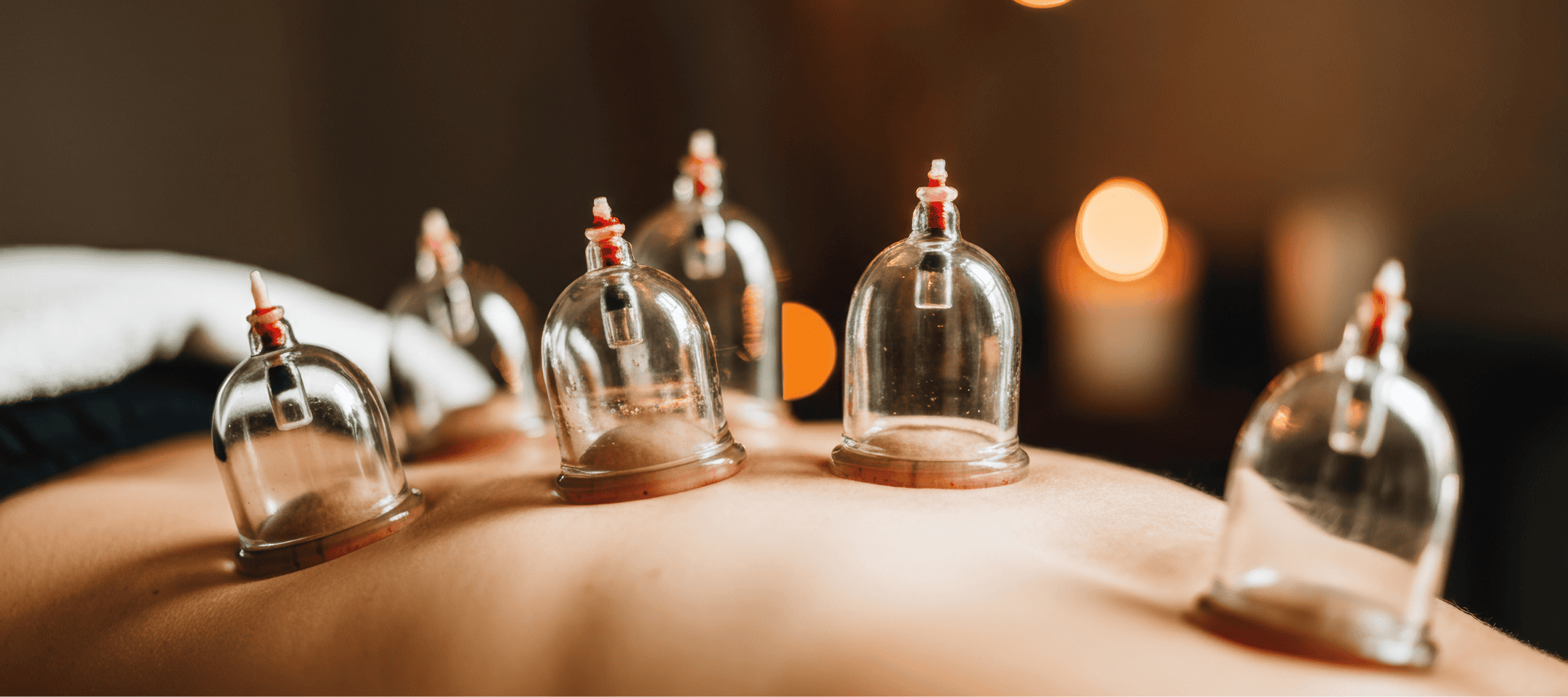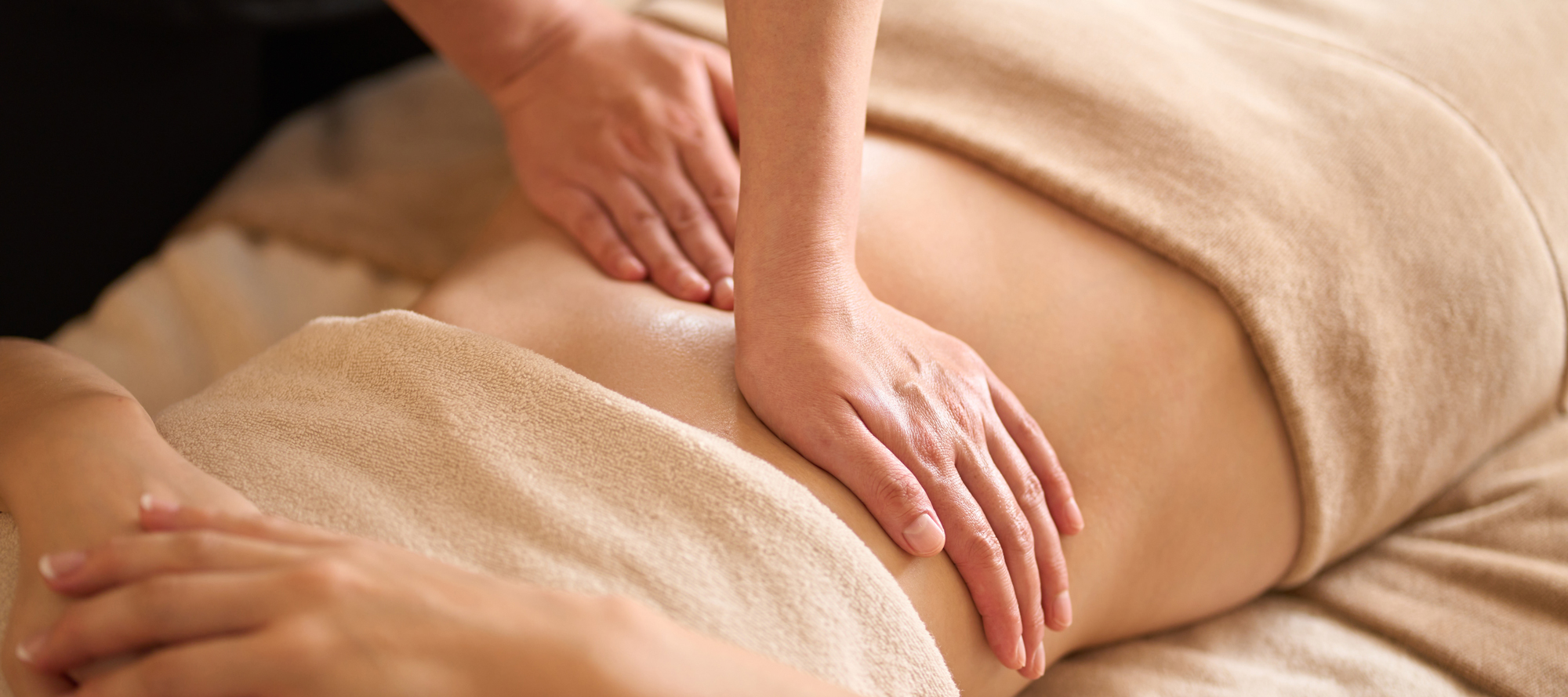Many new mothers worry when they notice a soft bulge or “pooch” on their tummy that doesn’t seem to go away after birth. This could be Diastasis Recti — the separation of abdominal muscles caused when the connective tissue (linea alba) stretches to make space for the growing baby.
During pregnancy, this is natural. But for some women, the gap doesn’t close fully after birth — leading to discomfort, weakness, and even emotional stress. So, how can Traditional Chinese Medicine (TCM) support recovery? Let’s explore.
What Exactly Is Diastasis Recti?
Diastasis Recti happens when the abdominal muscles separate down the midline. Pregnancy is the most common cause, but Diastasis Recti can also occur due to:
- Chronic pressure on the abdomen (heavy lifting, chronic coughing)
- Obesity
- Age-related weakness
For pregnant women, the expanding uterus stretches the connective tissue to accommodate the baby. While this is part of the body’s natural process, the abdominal wall may not always return to its original state after birth.
How Long Does Healing Take Naturally?
The first 8–12 weeks postpartum are critical for natural recovery. With enough rest, care, and good nutrition, many mothers see their abdominal gap narrow during this period.
However, not all cases resolve on their own. Research suggests that around 40% of mothers do not experience spontaneous correction. In fact, DR can persist for 6 months or longer if left unaddressed.
Factors that may slow down recovery include:
- Multiple pregnancies (more time needed after each pregnancy)
- Short spacing between them (less than 12 months apart)
- Being over 35 years old
- Carrying multiples (twins or triplets)
- Having heavy or big baby
- Extremely petite body frame
- Strong pushing during vaginal delivery
How to Check If You Have Diastasis Recti?
You can do a simple self-test at home:
- Lie on your back with knees bent.
- Place your fingers horizontally across your belly button.
- Gently press down.
- Do a mini crunch.
If you can feel a gap of more than 2 fingers’ width, it may indicate Diastasis Recti.
The Real Pain of Diastasis Recti
DR is more than just a cosmetic concern. It can affect both physical health and emotional wellbeing.
Physical Effects
With Diastasis Recti, the weakened core makes even daily activities like walking or lifting more tiring. Posture suffers, often causing back or pelvic pain, and a bulge above or below the belly button becomes noticeable.
Digestion may slow down, leading to bloating or discomfort. In more intimate ways, pelvic instability can affect sexual function and confidence.
Emotional Effects
Beyond the physical changes, Diastasis Recti can take a quiet emotional toll on mothers. Many women feel anxious, constantly wondering if their bodies will ever “go back to normal.” The pressure to “bounce back” after childbirth — whether from social expectations, family, or even their own inner voice — can weigh heavily, sometimes affecting work and social interactions. This ongoing stress about body image and recovery often amplifies feelings of self-doubt.
In more difficult cases, the combination of physical discomfort and emotional strain may even worsen postpartum depression, leaving mothers feeling isolated in their journey.
When Do You Need Treatment?
Not every case of Diastasis Recti needs urgent treatment. For some mothers, the gap narrows naturally within the first few months.
However, if the symptoms continue or worsen beyond 8–12 weeks postpartum, it is a sign to seek professional help. A separation of more than 2 fingers’ width between the abdominal muscles is often considered significant.
If exercises or other conservative treatments don’t bring noticeable improvements even after 18 months to 2 years, that’s another clear signal to consider a more structured treatment plan. Conservative treatments include TCM treatment, physiotherapy, lifestyle modification (good posture, proper body mechanics, correct exercises, healthy diet, etc.
How TCM Treats Diastasis Recti
From a TCM perspective, treating Diastasis Recti is about more than closing the abdominal gap — it’s about restoring balance to the whole body.
External TCM Treatments
External TCM therapies such as acupuncture, cupping, and massage are often used to improve blood circulation, relief pain, and support the healing of connective tissues. These treatments also help reduce pain, bloating, and the sense of heaviness many mothers experience in their core.
Internal TCM Medication
Alongside external care, internal support through herbal medication plays an equally important role for recovery. Diastasis Recti reflects an imbalance in the body’s vital systems.
In TCM, it is believed that:
- Spleen governs the muscles — When the spleen is weak, muscles lose tone.
- Liver supports tendons and connective tissues — When there is liver stagnation or deficiency, recovery slows down.
- Other imbalances include spleen dampness (weak digestion, bloating), liver qi stagnation (emotional stress), or kidney deficiency (overall weakness)
By strengthening the spleen, nourishing the liver, and addressing other imbalances, consuming herbal formulas can create a stronger foundation for healing from Diastasis Recti.
This holistic view in TCM explains why recovery differs from person to person, and why strengthening only the core muscles may not always be enough. True healing takes place when underlying systems are treated.
Treatment period depends on the severity of the condition.
How We Help You At Lao Niang TCM
Personalised TCM Treatment
Consult & Assess: Your recovery starts with a 10–15 minute consultation where we assess your symptoms, pregnancy history, lifestyle, and goals. For first-time consultation, especially for mothers with lower back pain, we allow more time to address both abdominal and back concerns.
Treatment Session: Treatments usually last 50–60 minutes, combining acupuncture (30–45minutes) with cupping or massage, and herbal medicine if needed.
Treatment Duration: Most women need 5–15 sessions, often once a week. Treatment plans will be tailored based on your individual needs and body conditions, and if symptoms persist beyond 18–24 months, further evaluation may be recommended.
What You May Experience During Treatment
Abdominal acupuncture is generally mild, though you may feel a brief sting when the needles are inserted.
Cupping and massage can cause short moments of tension or light bruising, but intensity is always adjusted for comfort.
Herbal medicine may taste bitter depending on the medication, though formulas are customisable.
Many mothers begin noticing improvements after 3–5 sessions — less bloating, reduced back tension, stronger core engagement, and a visible narrowing of the gap.
Supporting Your Recovery at Home
Alongside professional treatment, small daily habits can make a big difference:
- Adjust your diet according to TCM guidance to strengthen digestion and energy based on your body constitution
- Be mindful of posture when feeding, lifting, or doing chores.
- Avoid unsuitable exercises (like crunches or sit-ups) until recovered.
- Use abdominal binders or wraps if your core feels too weak when performing chores, feeding your baby etc.








